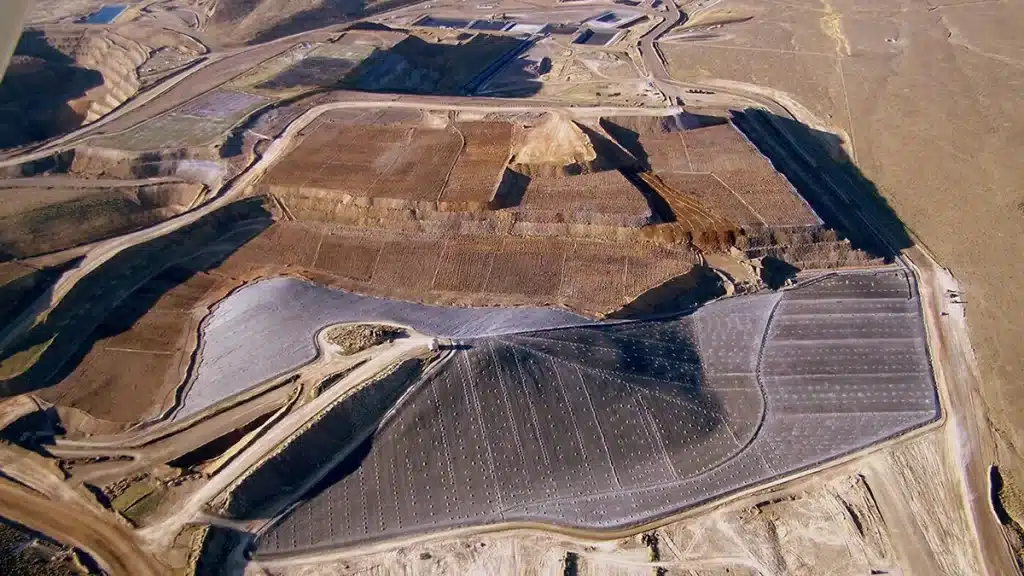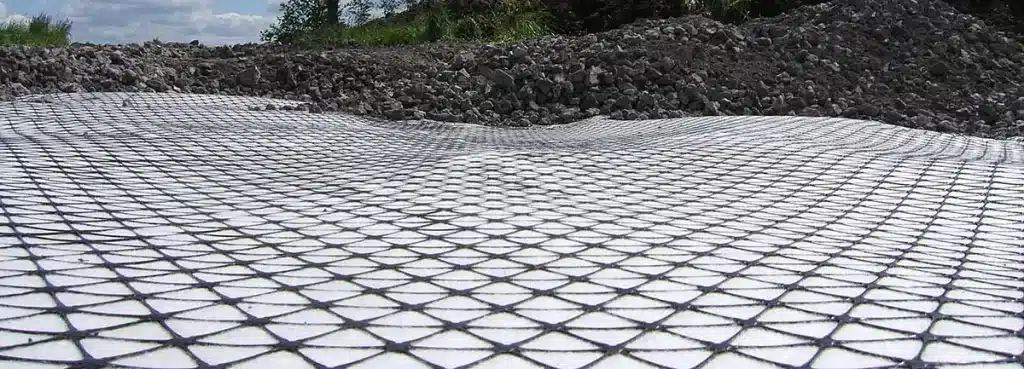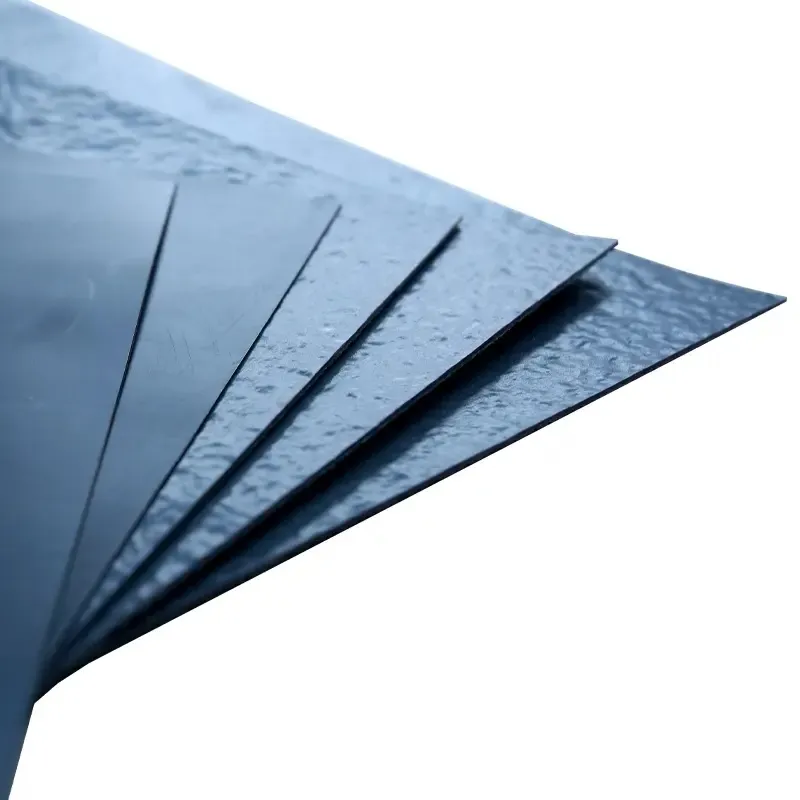+86-159 9860 6917
info@geofantex.com
geofantex@gmail.com
+86-400-8266163-44899
Fusion welding geomembranes is a crucial technique in various industries. This article explores geomembranes, their applications, the fusion welding process, and the temperature requirements for successful welding.

What is Geomembranes?
Definition: Geomembranes are impermeable membranes used primarily for lining and covering applications to control the movement of fluids or gases. They are a crucial component in geotechnical engineering and environmental protection.
Composition:
Materials Used:
- High-Density Polyethylene (HDPE): Known for its high chemical resistance and durability.
- Low-Density Polyethylene (LDPE): Offers greater flexibility.
- Linear Low-Density Polyethylene (LLDPE): Combines flexibility and strength.
- Polyvinyl Chloride (PVC): Commonly used due to its flexibility and ease of installation.
- Ethylene Propylene Diene Monomer (EPDM): Provides excellent flexibility and UV resistance.
Uses:
Environmental Applications:
- Landfills: Lining and capping to prevent leachate and gas escape.
- Water Reservoirs: Lining to prevent water seepage.
- Wastewater Treatment Plants: Containment to avoid contamination.
Industrial Applications:
- Mining: Lining of heap leach pads and tailings ponds.
- Agriculture: Pond liners and canal linings to conserve water.
Benefits:
- Impermeability: Excellent barrier properties prevent contamination.
- Chemical Resistance: High resistance to a wide range of chemicals.
- Durability: Long-lasting with a life expectancy of several decades.
- Flexibility: Can conform to various shapes and terrains.
- Ease of Installation: Can be easily installed and welded on-site.
What is a Geomembrane Used For?
Geomembranes are synthetic membranes used in a variety of industries and sectors due to their impermeability and resistance to chemicals. Here are some key applications:
Environmental Protection:
- Landfills: Geomembranes are used as liners to prevent contaminants from seeping into the soil and groundwater.
- Containment Ponds: They line ponds used for storing hazardous liquids, and preventing leaks.
Water Management:
- Reservoirs and Canals: Geomembranes line reservoirs and canals to prevent water loss through seepage.
- Aquaculture: Used in fish and shrimp ponds to maintain water quality and prevent contamination.
Mining:
- Heap Leach Pads: Geomembranes are used in heap leach pads to contain leachates and prevent soil and groundwater contamination.
- Tailings Ponds: They line tailings ponds to contain mining waste and prevent environmental contamination.
Construction:
- Basement Waterproofing: Geomembranes provide a waterproof barrier in building foundations.
- Tunnels: Used to waterproof tunnel structures, preventing water ingress.
Agriculture:
- Irrigation Ponds: Geomembranes line irrigation ponds to conserve water and prevent seepage.
- Silage Covers: They cover silage pits to protect and preserve livestock feed.
Industrial Applications:
- Chemical Containment: Used in industries to line storage tanks and prevent chemical leaks.
- Wastewater Treatment: Geomembranes line wastewater treatment plants to contain and treat waste effectively.
Geomembranes are valued for their durability, flexibility, and ability to form secure barriers, making them essential in various applications aimed at protecting the environment and enhancing resource management.

What is Fusion Welding of Geomembranes?
Fusion welding involves using a hot metal wedge (hot shoe) attached to a mobile unit. This wedge is positioned between two overlapping liner sheets, heating their surfaces above the melting point of polyethylene.
The fusion welding process typically includes the following steps:
- Cleaning and preparing the geomembrane surfaces to be joined.
- Heating the geomembrane surfaces to their melting point using a hot wedge or extrusion welding equipment.
- Pressing the heated surfaces together to create a uniform fusion.
- Cooling and solidifying the fused area to form a strong, watertight seal.
What Temperature Do You Weld Geomembranes?
Specifications for Thermal Welding PVC Geomembranes
| Temperature(C) | Temperature(F) | Hold Time (seconds) |
| 35 | 95 | 30 |
| 37.5 | 100 | 30 |
| 40.5 | 105 | 30 |
| 43.5 | 110 | 30 |
Fusion welding geomembranes is a fundamental process in industries where containment and environmental protection are paramount. Understanding what geomembranes are, their applications, the fusion welding technique, and temperature requirements is essential for ensuring the successful implementation of geomembrane-based solutions. By adhering to proper welding procedures and temperature guidelines, you can create robust, impermeable seals that safeguard the environment and infrastructure.



Get Free Sample
We’ll respond as soon as possible(within 12 hours)






















